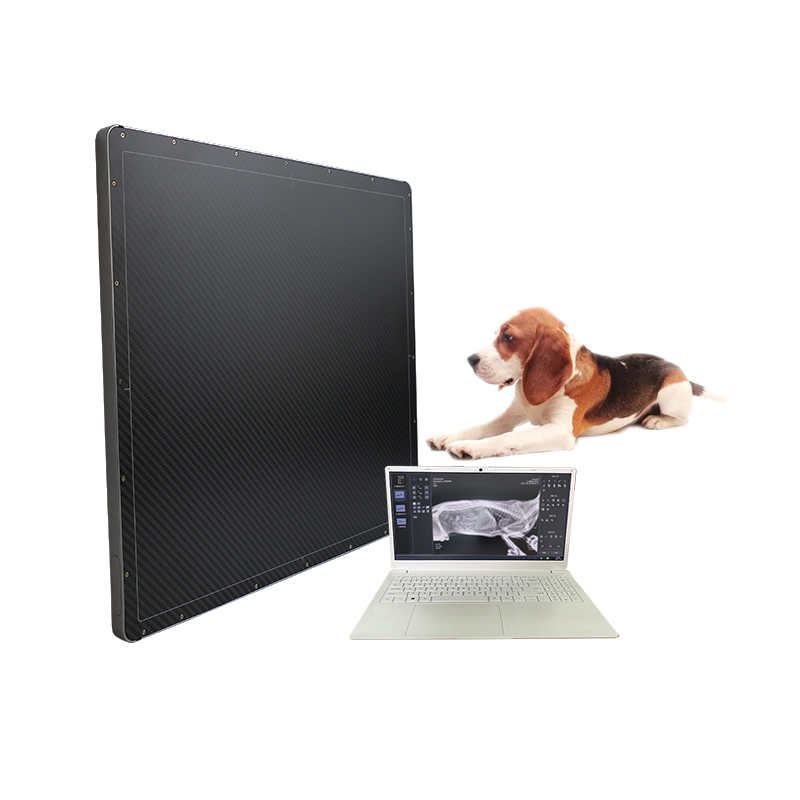When it comes to veterinary radiography, the use of flat-panel detectors has revolutionized the way veterinarians are able to diagnose and treat their animal patients. These detectors offer high-resolution imaging, allowing for more accurate and efficient diagnosis of various conditions. However, one common question that arises when considering the use of a flat-panel detector in veterinary medicine is, “What size does a veterinary flat-panel detector need?”
The size of a veterinary flat-panel detector is an important consideration, as it can greatly impact the use and functionality of the device. In general, the size of the detector needed will depend on the types of animals being treated and the specific imaging applications required. For example, while a smaller detector may be sufficient for imaging small animals such as cats and dogs, larger animals such as horses or livestock may require a larger detector to adequately capture images of their anatomy.
In addition to the size of the animals being imaged, the specific imaging applications will also play a role in determining the size of the detector needed. For example, if the veterinarian is primarily using the detector for extremity imaging, a smaller detector may be sufficient. However, if the veterinarian needs to capture images of larger anatomical areas, such as the thorax or abdomen, a larger detector may be necessary to ensure the entire area is adequately captured.
Another important consideration when determining the size of a veterinary flat-panel detector is the space available in the veterinary clinic or hospital. While larger detectors may offer more flexibility in terms of imaging applications, they also require more space for installation and use. Smaller clinics with limited space may need to opt for a smaller detector, even if it means sacrificing some imaging capabilities.
Ultimately, the size of a veterinary flat-panel detector will depend on a variety of factors, including the size of the animals being imaged, the specific imaging applications, and the space available in the veterinary clinic. It is important for veterinarians to carefully consider these factors when selecting a flat-panel detector for their practice.
In conclusion, the size of a veterinary flat-panel detector is an important consideration that can greatly impact its use and functionality in a veterinary setting. Factors such as the size of the animals being imaged, the specific imaging applications, and the available space in the clinic all play a role in determining the appropriate size of the detector. By carefully considering these factors, veterinarians can ensure they select a detector that meets their imaging needs and provides high-quality diagnostic capabilities for their animal patients.
Post time: Jan-17-2024


